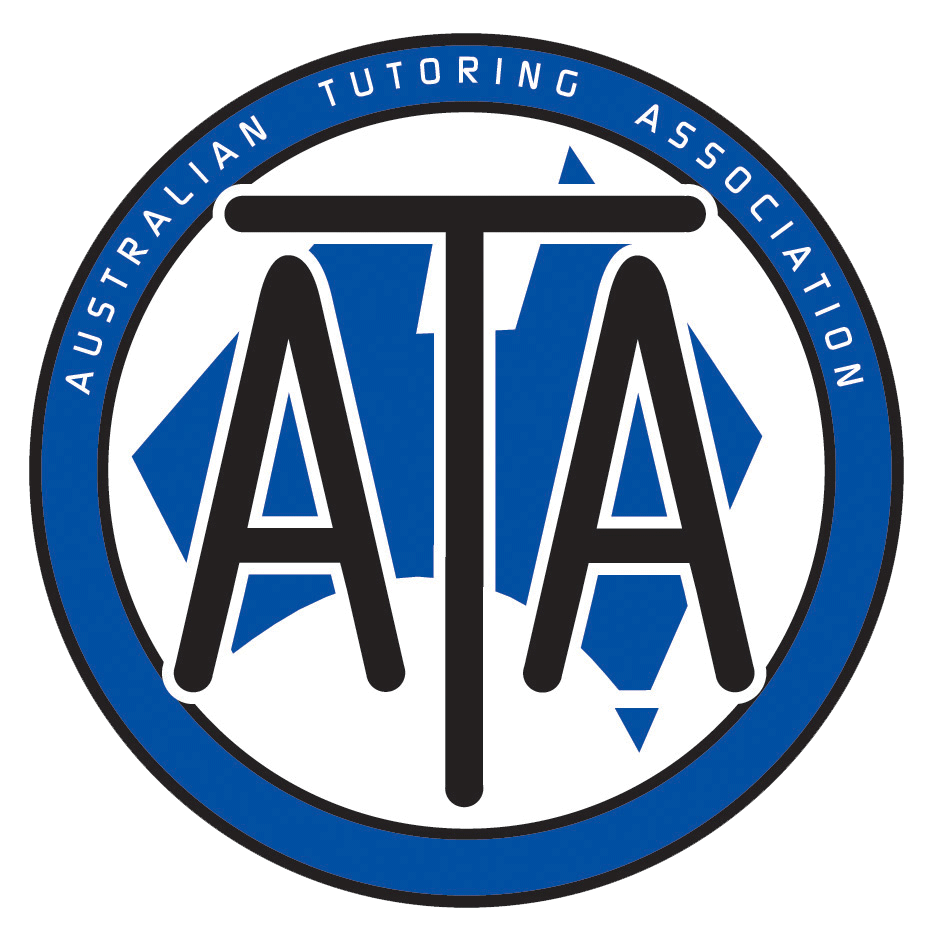
What is in a space, a room or a yard, and how it is arranged can affect the behaviour of people; it can make it easier to act in certain kinds of ways, harder to act in others … Kritchevsky and Prescott
When designing learning spaces that encourage effective learning there are some key components to be considered: comfort, configuration, resources, storage, lighting and colour.
Learning spaces should be comfortable and able to be configured in different ways. Having different types of furniture allows for differing seating patterns and configurations. Creating adaptable learning spaces allows students to work in different areas, depending on the type of project or work to be completed. For example comfy soft chairs for reading, desks that can be doubled up for collaborative activities.
Lighting and colour also play a part in any learning situation. Having changing lighting allows for mental breaks and can alter a space depending on the activity. For example, softer lighting for reading and brighter lighting that encourages alertness. The use of colour to create a learning environment should be both aesthetically pleasing and useful for achieving learning outcomes. For example, green is often associated with creativity, whilst black and white dulls creativity. Red, orange and yellows grab attention, however after prolonged exposure can actually drain creativity.
Creating storage places for resources creates organisation and is one of the key components of successful learning environments. A de-cluttered environment is free from distractions and allows focus on learning. In this way students can easily access resources needed for various learning activities.
At Intuition educational support we have taken careful consideration in all of these aspects to create a learning space that fully encourages effective learning. Our students love our learning centre and enjoy their sessions so much they find it hard to leave. We invite you to come visit our learning centre and see what makes Intuition educational support different.















